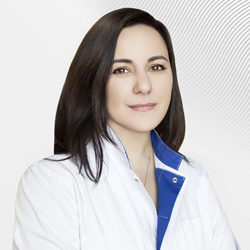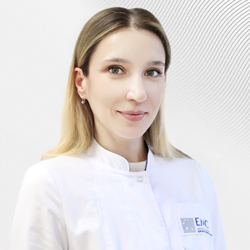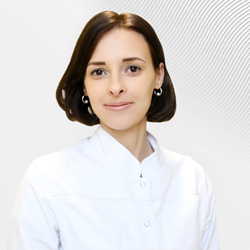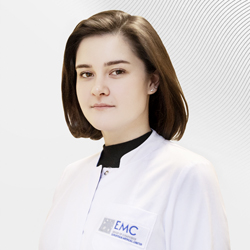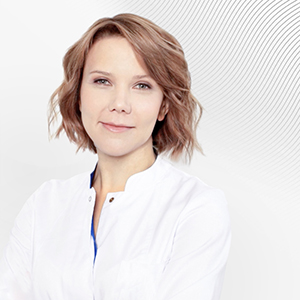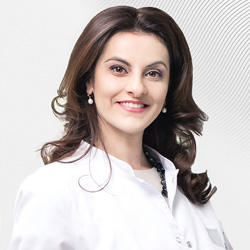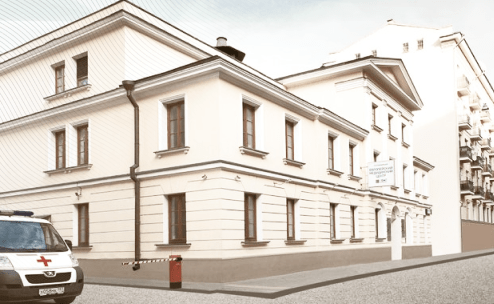The usual reason for visiting the podiatrist is a change in the appearance of the toenails, or their complete loss after injury, or fungal and bacterial infections. In many cases, disruptions in the growth and appearance of the toenails can cause pain, as well as being esthetically displeasing. This greatly affects a person’s overall health and performance.
The toenail has a protective function. Having a missing or deformed nail may lead to the nail bed being exposed, which threatens the health of the distal phalanx and the toe as a whole. In such cases, it is possible to end up with a reduced sensation to touch, toe or foot position changes, or a change in gait. In more serious cases, partial damage or complete loss of the nail plate allows an infection to penetrate into the deeper tissues, even leading to osteomyelitis (a suppurative necrotic process that develops in the bone and bone marrow, as well as the surrounding soft tissues) or gangrene of the lower extremity (necrosis of tissues in a living organism, with black or very dark tissue discoloration).
Any changes in the nail can also be caused by genetics, orthopedic disorders, medications, smoking, or exposure to harmful substances. Often the cause of damage to the nail plate is incorrectly selected footwear that is too small, too tight, too narrow at the front or has excessively high heels. A detachment of the nail from the nail bed can also be common in spiritualistic hyperkeratoses, warts or hyponichial corns. It is particularly important to know that a trivial, but, unfortunately, very common cause of nail damage is a badly done pedicure.
The most common complication of this is an ingrown nail and paronychia (inflammation of the nail border, caused by infections such as Pseudomonas aeruginosa, Staphylococcus, Streptococcus and Cryptococcus).
For temporary protection and to assist correct nail formation, you can use partial or full prostheses.
A prosthetic nail involves the creation of artificial nails or their parts, as well as strengthening damaged nails with special materials.
Various methods of creating prosthetic nails are used to optimally restore the nail bed, and in most cases this achieves an excellent esthetic result.
The advantages of prostheses:
- esthetic comfort;
- preventing complications;
- protecting the nail bed from deformities and infections;
- ensuring further correct formation of the nail plates.
The podiatrists at the EMC Dermatology, Venereology, Allergy and Immunology Clinic have many unique technologies to repair damaged nails and to create prostheses for the partial or complete replacement of a damaged nail. Prosthetics are done using all the latest materials:
- ready nail mass;
- two-component acrylic polymer;
- polymer plates, processed under cold pressure;
- deep fill technology for complete prostheses;
- silk prostheses;
- acrylic material;
- partial or complete prosthetic nails using a light-hardening material (hardens when exposed to UV radiation).
Where there is significant nail loss, the nail can take up to one year to grow back. During this time, the state of the natural nail must be checked regularly and the prosthesis replaced from time to time. As a rule, a prosthesis should be worn between 4 weeks to 2 months.
A properly manufactured prosthesis, in the vast majority of cases, contributes to the full restoration of the toenail and always provides an excellent esthetic effect!
Our team of doctors at the Podiatry Department strictly follows the European protocols. They are experienced specialists, recognized professionals with extensive work experience, and previous training at the leading podiatry clinics in Europe.
The EMC podiatrists have experience that is unique in Russia, through their collaboration with European experts in the field: medical research and clinical organizations, such as the GEHWOL and Greppmayr Podiatry.
EMC patients are able to take advantage of the latest medical technologies, as well as innovative and unique methods of multidisciplinary treatment at the EMC. Dermatologists, mycologists, podiatrists, orthopedic surgeons, diabetic educators, and general practitioners are all involved in the treatment.

 Write to WhatsApp
Write to WhatsApp.jpg)
